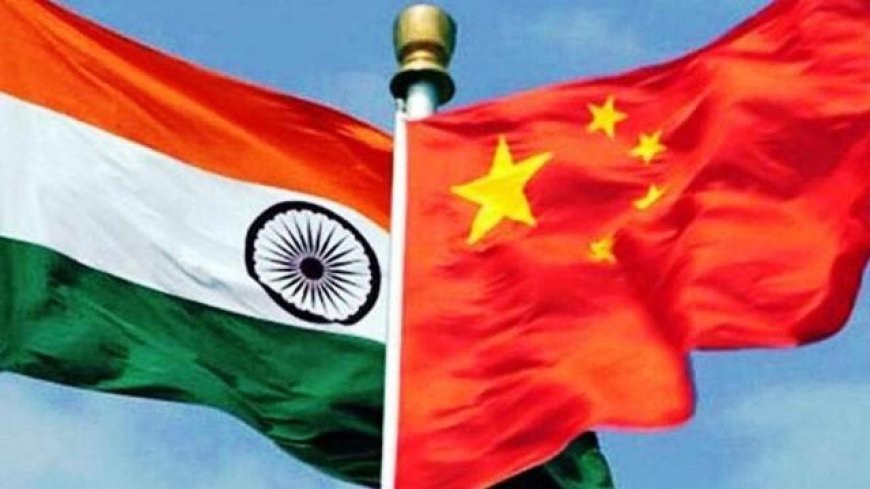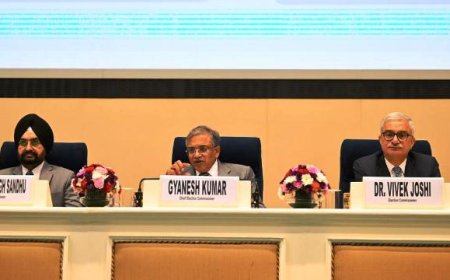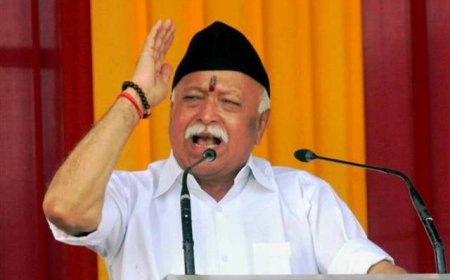'Make in India' depends heavily on 'Made in China'
More than a decade after the ‘Make in India’ grand launch, a question still lingers: is this game plan really scoring for India, or just helping ‘Made in China'?

More than a decade after the ‘Make in India’ grand launch, a question still lingers: is this game plan really scoring for India, or just helping ‘Made in China’ slip in through the side door?
When Prime Minister Narendra Modi launched the ‘Make in India’ programme in 2014, it was meant to transform India into a global manufacturing hub, create millions of jobs, and reduce dependence on imports, especially from China. The target was to raise manufacturing’s share in GDP from around 15% to 25% by 2025.
More than a decade later, a report from the Hinrich Foundation suggests the reality is far more complex. While India has made progress in assembling products such as smartphones, solar modules, and certain defence equipment, it remains heavily reliant on Chinese components, raw materials, and technology. The dependence has shifted from finished goods to upstream goods, keeping China firmly embedded in India’s supply chain.
Government trade data highlights the scale of the challenge. In the 2024/25 fiscal year, India’s trade deficit with China hit a record $99.2 billion, up sharply from $85.08 billion in 2023/24, $83.2 billion in 2022/23, and $73.31 billion in 2021/22.
Imports from China surged 25% year-on-year in March 2025 alone, reaching $9.7 billion for the month. Electronics, electric batteries, and solar cells drove much of this increase. Over the full year, imports from China climbed to $113.5 billion. Meanwhile, exports to China have gone the other way. In March 2025, they fell 14.5% year-on-year to $1.5 billion. Over the 12-month period, exports totalled just $14.3 billion.
The result: China ended the fiscal year as India’s second-largest trading partner after the US, with two-way trade worth $127.7 billion, but heavily skewed in Beijing’s favour.
Many of India’s headline “success stories” remain dependent on Chinese inputs. About 70% of components for drones are sourced from China, as per the report. In smartphones, 99% of devices sold in India are assembled locally, but local value addition is low, 6–8% for iPhones and 25–30% for some Samsung models.
China’s manufacturing advantage lies in its complete industrial ecosystem. Over the decades, it has built tightly linked supply chains between factories, research institutions, and skilled workforces. India, by contrast, has developed strong capabilities in software and services but not in large-scale manufacturing, forcing companies to import expertise and components from Chinese suppliers.
Border tensions in 2017 and 2020 led to bans on Chinese apps, tighter investment rules, and limits on visas for Chinese nationals. While these measures were aimed at national security, they also made it harder for Indian manufacturers to secure critical components and partnerships, slowing localisation efforts. Despite these frictions, bilateral trade has continued to grow, with imports from China increasingly dominated by upstream goods such as display modules, printed circuit boards, and battery parts.
In 2025, the government appears to be softening its stance. Indian manufacturers, including Dixon Technologies, Zetwerk, and Micromax, are exploring joint ventures with Chinese companies for parts and sub-assemblies. Dixon has already partnered with China’s HKC to make semiconductor display modules in India.
The Hinrich Foundation report points to chronic underinvestment in research and development. Large Indian conglomerates spend far less on R&D than global peers, leading to fewer patents and slower technology adoption. In critical areas like EV batteries, semiconductors, and robotics, India is far behind China, which holds key patents and dominates global supply chains.
Indian startups have also been criticised for focusing on consumer-facing apps instead of advanced technologies. Startup founders say complex regulations, slow approvals, and inconsistent policy support often push them to relocate abroad.
The report warns that India risks becoming “multi-dependent” on China for upstream goods, on the US for advanced technology, and on Russia for energy and defence supplies. While increased Chinese investment could create jobs and boost manufacturing capacity, it must be carefully managed to avoid deepening strategic vulnerabilities.
What's Your Reaction?

















































